In the digital camera race, Sony is lapping its competitors. They’re running backwards around the track while holding up their middle fingers to Canon, Nikon and everybody else. It’s not even a fair race.
Today Sony revealed the Sony A7RII, the second A7 series in a row to introduce an entirely new technology to the field. When the Sony A7II came out, it was the first to feature 5-axis sensor stabilization. The Sony A7RII is the first to bring backside illumination to a full frame sensor. Both of these technologies are huge for digital photography, and I’ll explain why these miniature revolutions are so important.
Before I dig in to the guts, though, the story you’re going to hear about the Sony A7RII on gadget sites is all about resolution. The mark II features a 42.4MP sensor and it’ll shoot internal 4K video.
That’s not what’s important here, though. You deserve the real details.
View in gallery
The Sony A7RII is the Second Game Changer in a Row
The Sony A7II introduced 5-axis sensor stabilization to the world of digital photography. This means the sensor is actually on a motorized plane, tilting and panning to reduce camera shake. So if you’re in a low-light situation where you need to drag the shutter a little bit, the sensor will actually stabilize itself to produce crisp images without a tripod. It’s not going to allow you to shoot handheld at 1/10th of a second, but it will give you a lot more latitude at 1/60th and above.
The 5-axis stabilization of the A7II was revolutionary. It’ll likely be commonplace in the next series of cameras from Sony’s competitors. The new Sony A7RII follows suit by introducing a new technology of its own.
It is the first full frame camera to use a back-illuminated sensor. This is a technology that was originally used in imaging for astronomy gear and low-light security cameras. Sony introduced it to mobile phones a few years back, and they have finally built it into a full-frame chip for professional photographers. What does it do? It delivers unparalleled low-light performance. ISO sensitivity on a back-illuminated sensor is off the charts, so the Sony A7RII might instantly be the new low-light champion… unseating the last Sony A7R.
View in gallery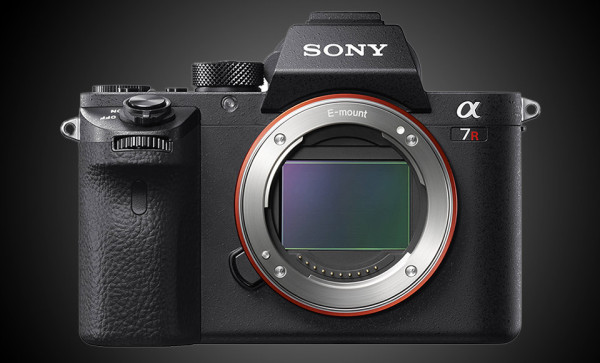
That Resolution Though…
Yes, 42.4MP is a big number. So is internal 4K. What these numbers cannot tell you, however, is the quality of the image this camera produces. Fortunately, there are independent testing organizations that objectively rank the image quality a camera can produce. The leading voice here is DXOmark, who has a massive database of camera and lens tests and reviews. The top three digital camera bodies in their entire, massive database are the Nikon D810, the Nikon D800E and the predecessor to this camera, the Sony A7R.
Here’s the thing. All three of those cameras use the same sensor chip — a sensor designed and manufactured by Sony. And the new 42.4MP sensor in the Sony A7RII is the next generation sensor. If you’re a gambler, the safe bet is that this camera will unseat the trifecta it held with its last 36MP sensor. So you can ignore the pretty numbers and the pixel-bating done over on the gadget blogs, and just consider this. The last Sony chip dominated the objective ratings, and this one pushes the envelope even further.
View in gallery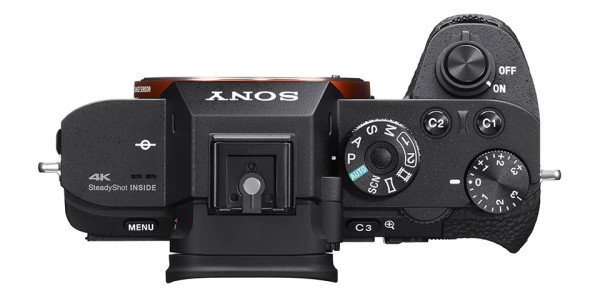
Remember, The Sony A7RII is Mirrorless
Every camera this beauty is competing with is a DSLR. This isn’t. It’s a lightweight, compact mirrorless camera that has a full frame sensor and a large lens mount. As I explained above, it comes from the most resolute pedigree of digital imaging products in recent history. And its size and shape reflects the voice of consumers. While its competitors keep trying to keep the DSLR flame burning, Sony is lapping everybody by focusing on mirrorless cameras. Here’s what I’m talking about, thanks to the folks at DPreview:
“…sales values up 16.5% over the past year, says market researcher NPD Group. Sony highlighted the figures while celebrating its own success: with the success of the a7 series helping it generate 66% more revenue from mirrorless sales over the last twelve months. NPD Group says DSLR sales values fell 15% over the same period.“
Like I said in the beginning, Sony is running the race backwards, middle fingers extended, and lapping everybody else. It pains me to watch because I’m sitting on the sidelines, full frame Nikon in hand, wondering why I missed this party. Either Nikon and others catch up and start innovating on their own, or the next race will be called before it starts. It’s not even a fair race.
The Sony A7RII will begin shipping soon for $3,200 for the body alone. If you’re like me and you want to join the Sony party, you don’t need to give up your lens collection to do so. There are third party adapters that will let you shoot with Nikon/Canon glass on the A7RII’s e-mount. And they’re cheap. [sony press release]
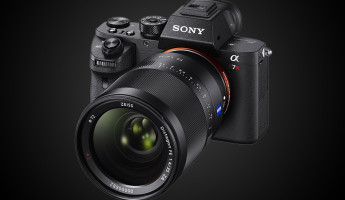
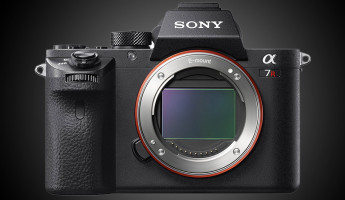
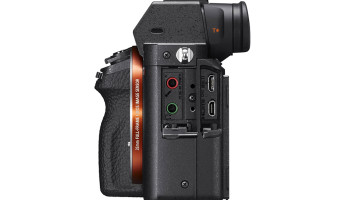

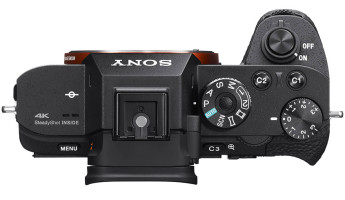

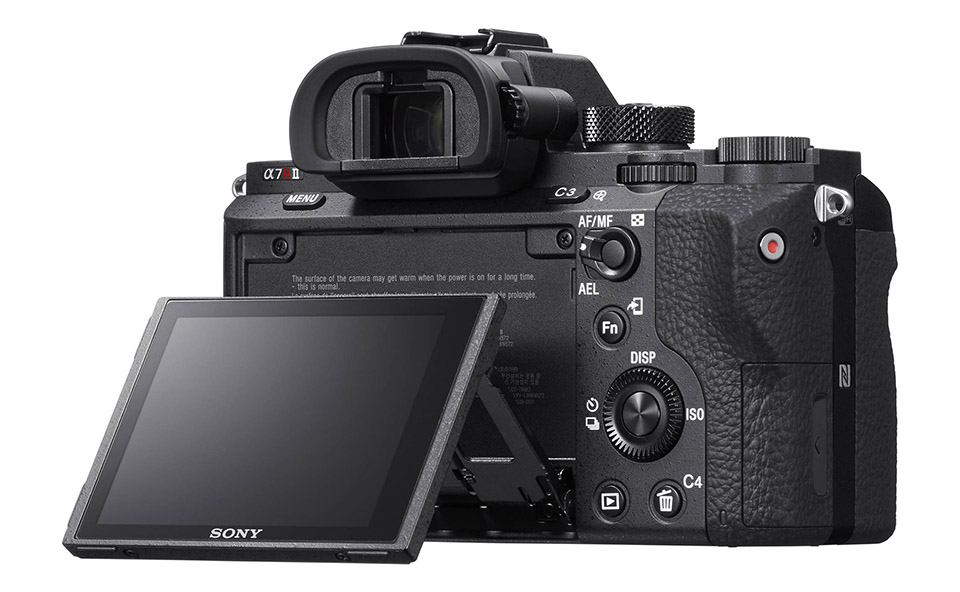
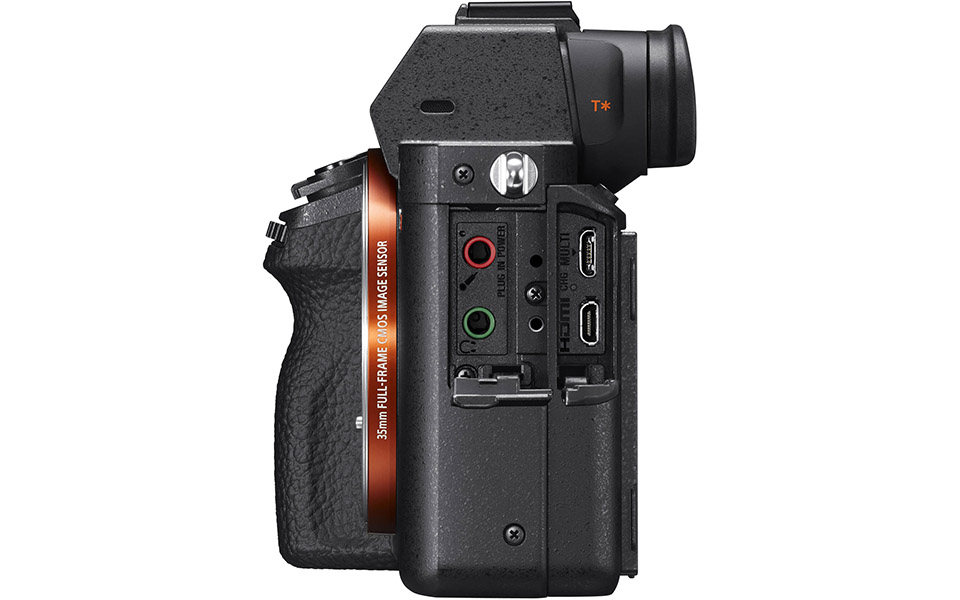

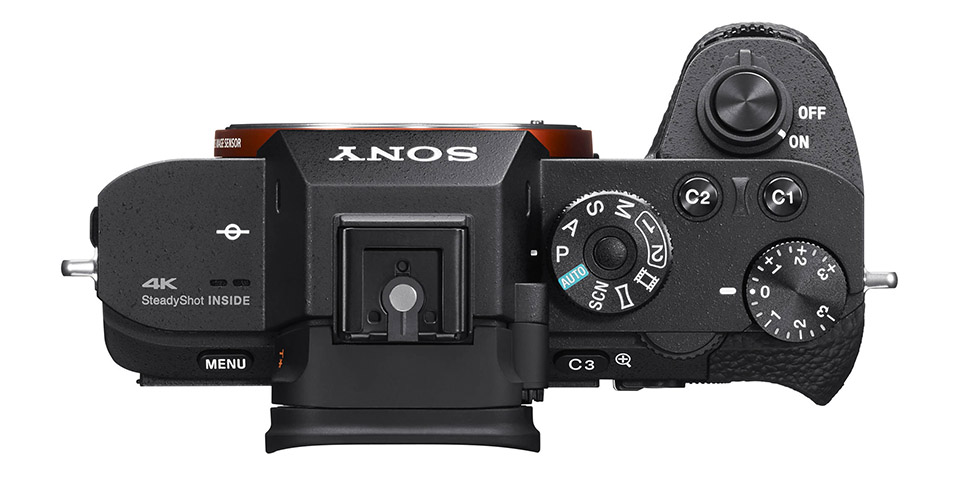
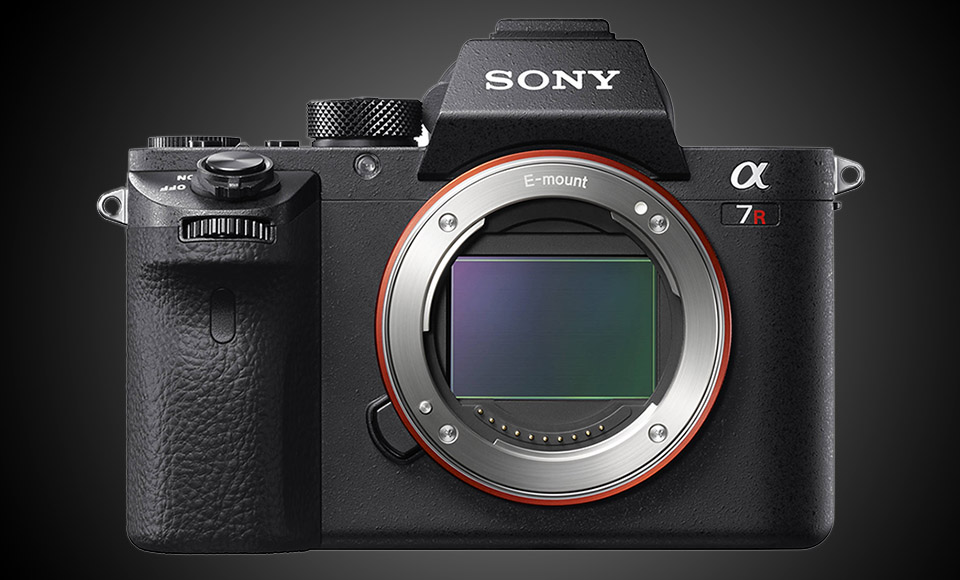
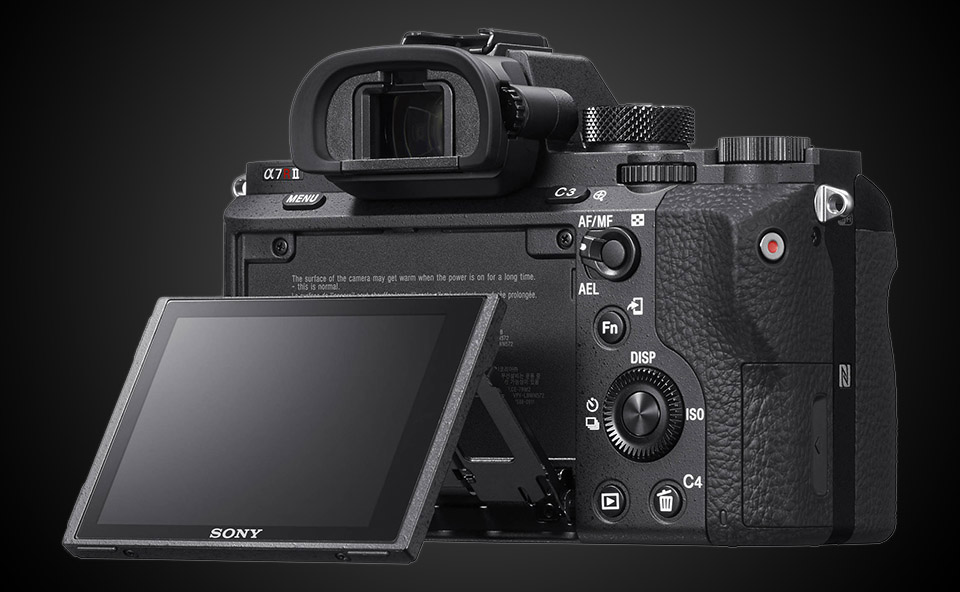
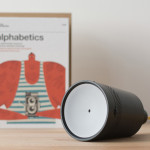



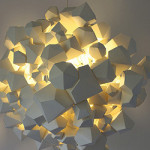
Fantastic! I switched from Nikons to Sony a few years ago, driven by cost. Now, despite the cost for this SLR, how soon could I pony up for this superb tool?!
Always agree they make great sensors and ahead of the pack with Mirrorless but they suck at making lenses. Plus their ability to put together a system where everything fits together is still wanting. After 35 yrs of photography not much make me exited when it comes to new equipment. Least of all more mp
One thing might make you feel a bit better about lenses with the Sony A7 class. Everyone I know who owns an A7-series camera uses off-brand lenses with adapters. The first thing people buy after they get an A7 like this one is an adapter. A lot of filmmakers use a camera like the A7RII and adapt old manual Nikon lenses.
If I were to buy an A7RII, and I’m seriously considering it, I wouldn’t buy any Sony glass only because I wouldn’t need any. I’d use an adapter for F-mount lenses and use my Nikon and Sigma lenses.
I think that’s part of what has made these cameras so popular. They’re adapter-friendly, so people like me who are committed to other brands can make the switch without giving up their glass. Sure, some people really need autofocus for their work and I’m not sure how that will translate through an adapter, but nearly everything I shoot is manual focus anyway.
Thanks for reading and commenting, Jacobus.
My Focus is Wildlife and Nature and therefore need very good focus speed and accuracy. This is where the Nikon system shines. I have a Df that I use for travel and general shooting that I love. This is where the A7 series and other mirrorless are big fun. So looking to see what the future brings. Great review and insight. Can only act to stimulate development in the industry .
That makes a ton of sense. Autofocus has to be spot on for your work, I’d imagine. I love the Df, I thought it was a brilliant camera when it came out. I’ve been doing more video work lately so that’s not on my list any more, but boy would I love to see Nikon really innovate with a full frame camera of that size.
That’s the very point he’s trying to make: you really shouldn’t need to invest in third party gear for using good lenses. Minolta had a better range of lenses and they were priced lower than Sony’s current line-up. I switched to Nikon when Minolta went bust and every time I read an article like this I’m tempted to shift back, but can’t for the same reasons I switched in the first place.
Still, Sony I’d really shaking things up in terms of camera design while Nikon and Canon continue down the same old tired path. I hope they catch up, but that’s probably asking for too much based on last experience.
You’re right, you should be able to find satisfactory lenses from your brand of choice. They’re actually there for Sony, they’re just priced out of reach. The Otus series and others are excellent glass, but probably don’t justify the cost.
The thing is though, I think the ability to use our glass (you and I being Nikon guys) on a Sony without much hassle is a storyline in its own right. It could break down the lens mount dictatorship that unnecessarily divides photographers. I want to buy a great lens because it’s a great lens, not be stuck with a certain mount. For example, I’d love to own Canon’s 17mm TS lens to use on my Nikon body. But it’s easier for me to switch to Sony and use that lens given how easy their system is for adapters. Using a Canon lens on a Nikon is still a tricky prospect.
In short, maybe Sony’s semi-open lens mount community seems like a negative for its own lack of branded lens options, but it could have a really great unintended consequences.
Anyway, just riffing off of your point, which was well-said and I’m in agreement!